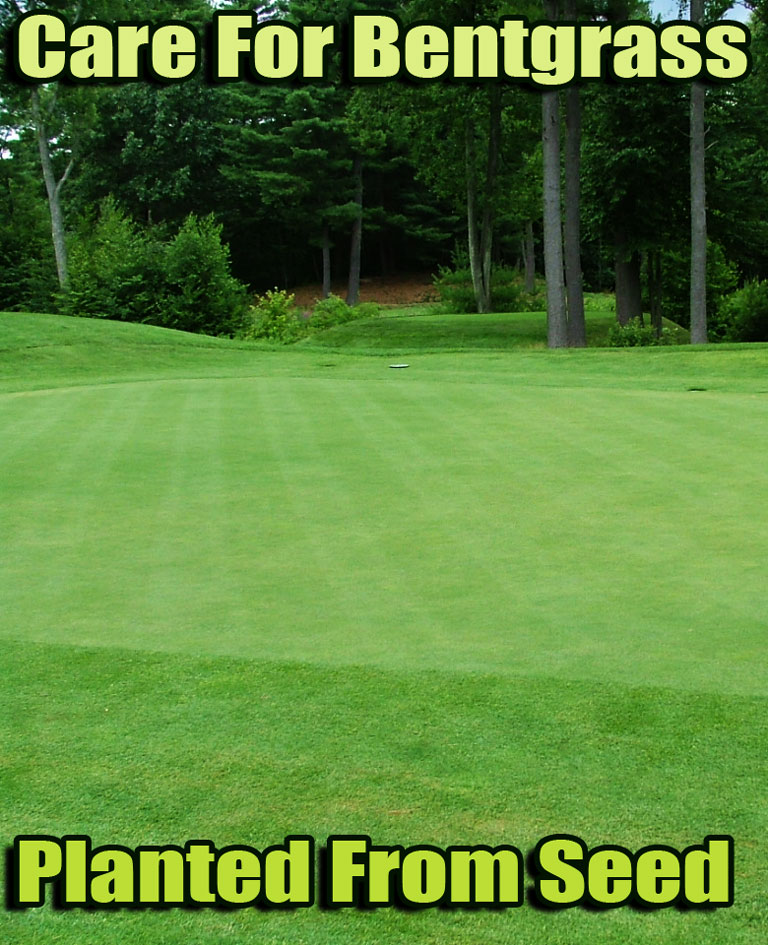
Care For Bentgrass Planted From Seed
A beautiful, fine-bladed, tufted grass that takes lots of tender loving care, Bentgrass (Agrostis Spp.) is often included in luxury lawn seed mixes. When you see the rolling lawns of English country estates in the movies or admire those lush golf course putting greens, you’re probably looking at bent grass. Although it’s available in a number of varieties, Bentgrass is typically the demanding princess of the cool season grasses. Its detractors will say that it’s more work than it’s worth, but there’s a visceral appeal to the narrow blades and vivid color of this traditional English grass.
Bentgrass establishes itself slowly, but if you’re willing to put in the time mowing and maintaining it, it will eventually fill in to create a dense, verdant and impressive lawn. You’ll have to water, fertilize and mow it often, though. It will also require regular treatment with pesticides to keep it healthy and happy. Of the bent grasses, colonial bent grass is the lowest-maintenance variety and thrives in cool, coastal locations.
Maintenance: The addition of top dressings is frequently needed for the best results in growth. The bent grasses form thatch and when properly removed helps to keep some of the diseases in check and must be done on a regular basis. On golf courses and athletic fields the accuracy of watering and the qualities of the soil must be closely regulated for the longevity of the turf which is under continual use.
Bent grasses are slower to return from damage and may need additional grasses over seeded until the growth has returned to the original density. The bent grasses require well draining soils and on many golf courses sand is added to maintain good drainage. Each variety retains particular qualities for climate, salt tolerance, color, texture, fertilizer needs, watering, and disease and insect tolerance.
Maintenance requirements of Colonial and Creeping bent grass range from low to medium when grown in the north for lawns and higher if used for golf courses or athletic fields where higher degrees of fertilization, watering, and mowing are finely regulated. Maintenance requirements are extremely high in areas of heavy traffic and where fast repairing of the turf is needed and if the grass is grown out of the original habitat area.
Maintenance For New Bentgrass Plantings
WATERING – Water requirements are light but frequent because of the shallow root system to keep seedbeds continually moist.
ESTABLISHMENT – Mulch is sometimes applied to keep the seedlings moist until they are established.
FERTILIZATION – Fertilization is frequent with a starter for seeds followed by an application one month later and on a ten-day basis with soluble fertilizer until greens have established.
MAINTENANCE – Intensive management of watering to the degree which the soil holds, mowing, reseeding if needed with disease and pest control programs.
Maintenance Suggestions For Creeping Bentgrass
It has been stated these grasses are different and not to be managed as other bents are. Summarizing this, it means less fertilizer, less water, less babying than the old bents that superintendents are accustomed to. Summation of this is it also adds up to less worry. These bents are tough, useful grasses that require different management but overall the management is actually easier than the superintendent is accustomed to. The end result is a very high quality putting green surface that thrives on low mowing and culminates in a near perfect putting surface with no grain and no extraordinary practices other than the management mentioned below.
The formulations and rates may need to be adjusted according to soil test results and turfgrass performance. After the turfgrass has grown in fertilizer application should be kept light and infrequent. This can be accomplished by the use of a fertigation system or use of a soluble product applied with another product.
The amount of the fertilizer should be .1 of a pound of nitrogen maybe every 14 days +/-, depending on growth, clippings and performance. The yearly amount of nitrogen will be from 2 to 4 pounds, phosphorous 2 to 3 pounds, and potassium 6 to 10 pounds. As far as micronutrients amounts this should be checked with tissue tests during the year and again with a soil test in the early spring.
Maintenance Program
The first mowing should be when there is uniform turf coverage with a height from 1/4 to 3/8 inch and definitely not more than a 1/2 inch. The mower should have a smooth front roller. It has been reported that some people have used grooved rollers to early. Clippings should not be caught early on as this will help build a biomass or padding that will protect the plant from damage. During the early stage it is important to do weekly light topdressing. This will cover the clippings early on, smooth any roughness in the surface as well as accelerate the filling in of the turf grass canopy. It is possible to get to desired mowing height within 6 to 7 weeks after first mowing if not sooner. The Penn A-4 is being maintained by most facilities at 3/32nd or 9/64th.
It is important to irrigate only when necessary and when required to fill the soil profile to field capacity or like trying to flush salts from the soil profile. This could be a 30 to 40 minute cycle depending on the type of irrigation used or time of year. Do not irrigate the next few nights with a 5 or 10-minute cycle. Stretch the time between irrigation cycles as long as possible. Again, this will vary from the time of year, should be able to go at least 4 to 10 days or longer and only need to hit hot spots.
As far as aeration, this has varied from course to course. Most golf courses aerate two to three times a year. Once in the spring, early summer and fall, similar to what is currently being done other bentgrasses. I have some courses going less others a little more, all depends on the size of the greens, soil type and traffic.

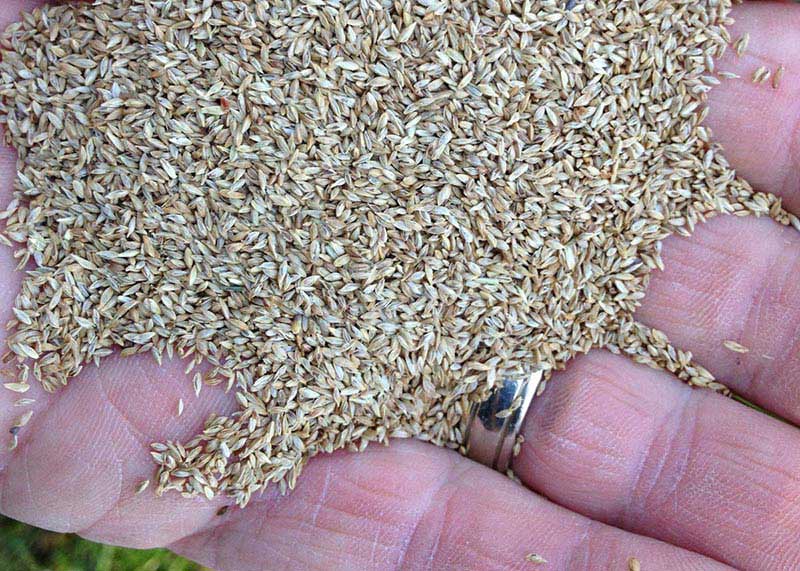
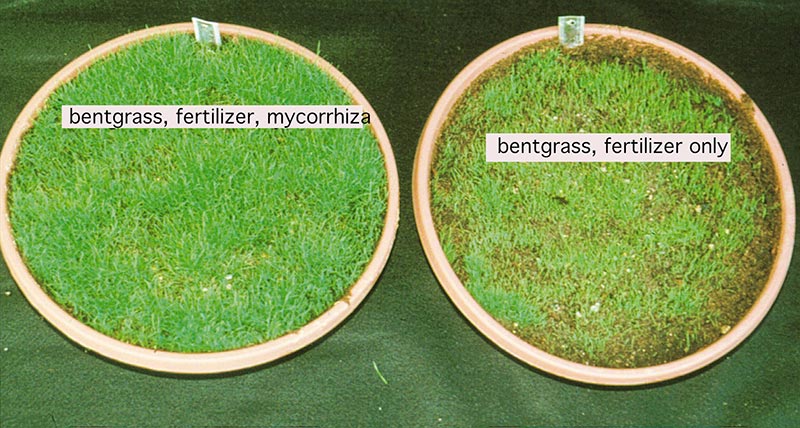
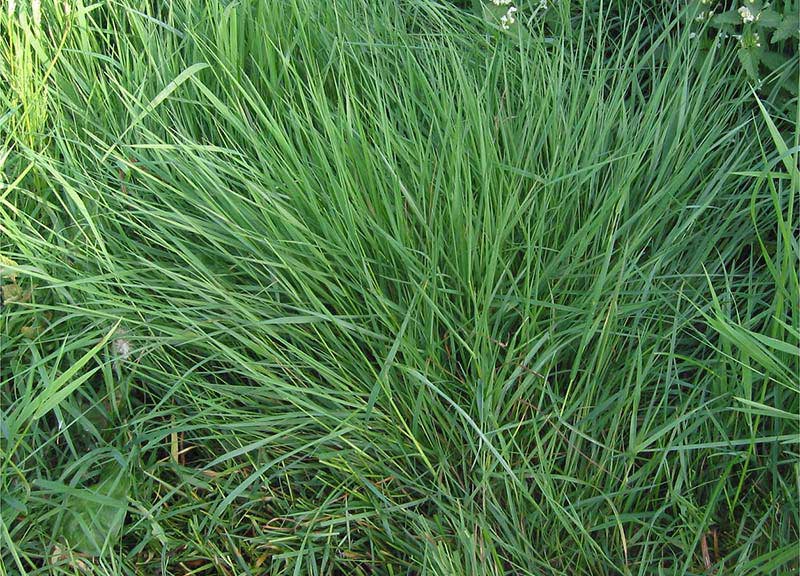
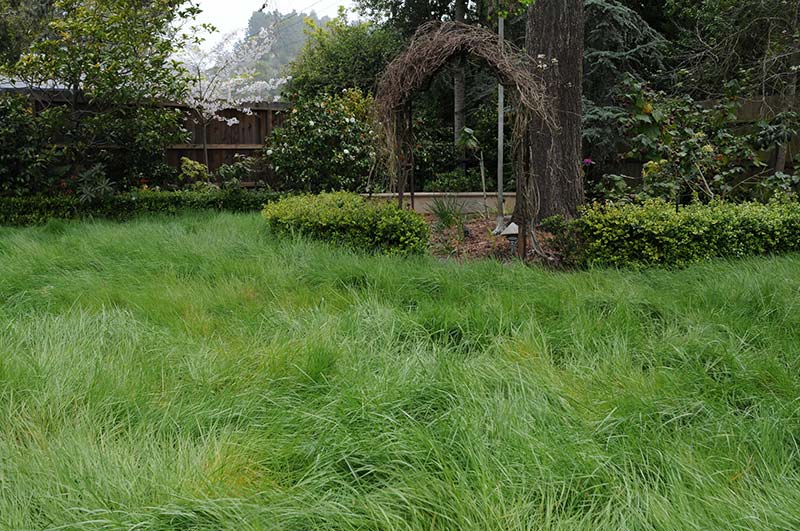

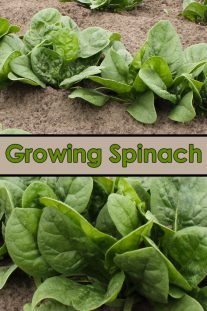

Leave a Reply